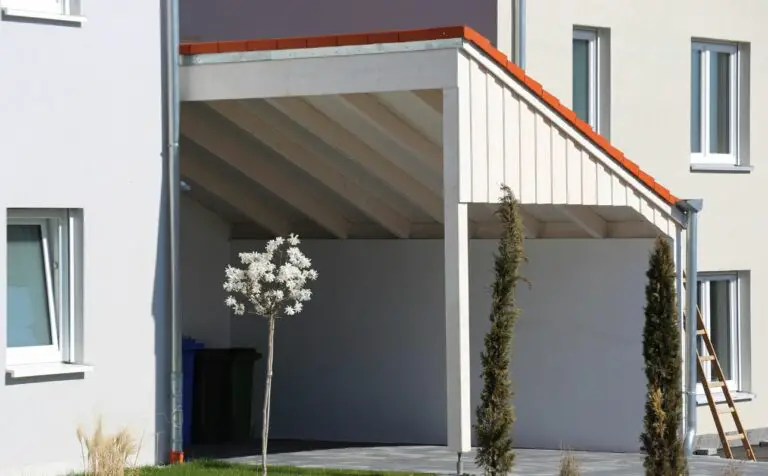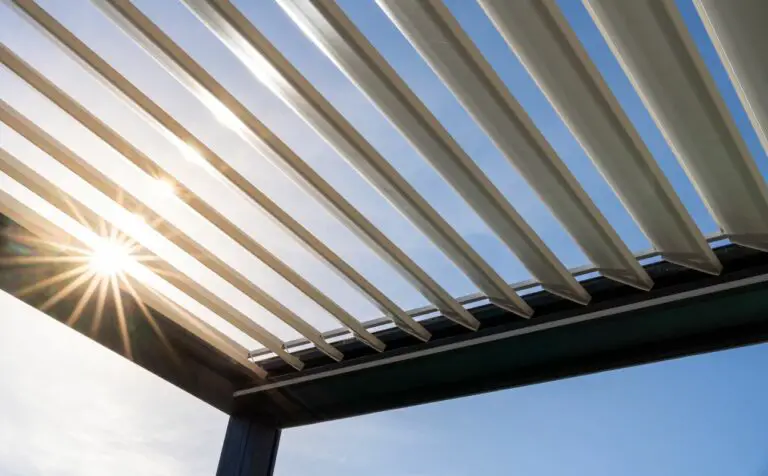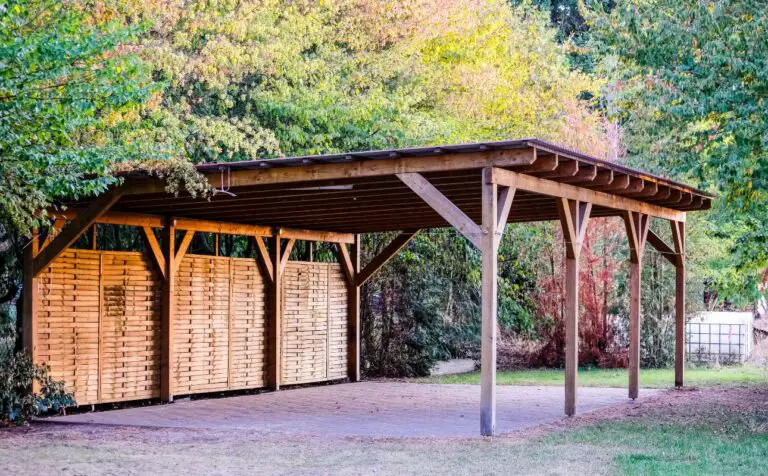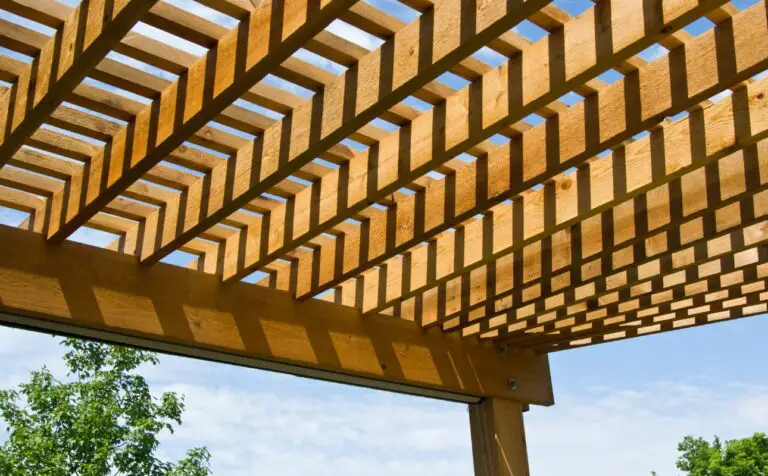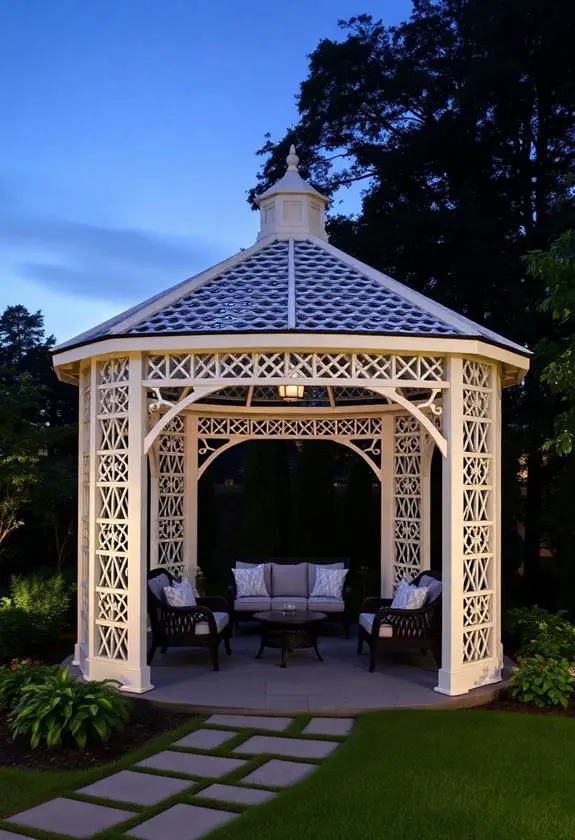Pergolas are a popular outdoor feature that can make a backyard or other outdoor space more beautiful and useful. But it can be hard to figure out if a pergola is a structure or not based on building codes.
Building codes and regulations play a big role in figuring out what kind of structure a pergola is and what needs to be done to set it up and keep it in good shape.
This article will answer the question “Is a Pergola a Structure?” by looking at how building codes define structures.
We’ll also talk about what this means for building codes and why it’s important to understand these terms for installing and maintaining pergolas correctly.
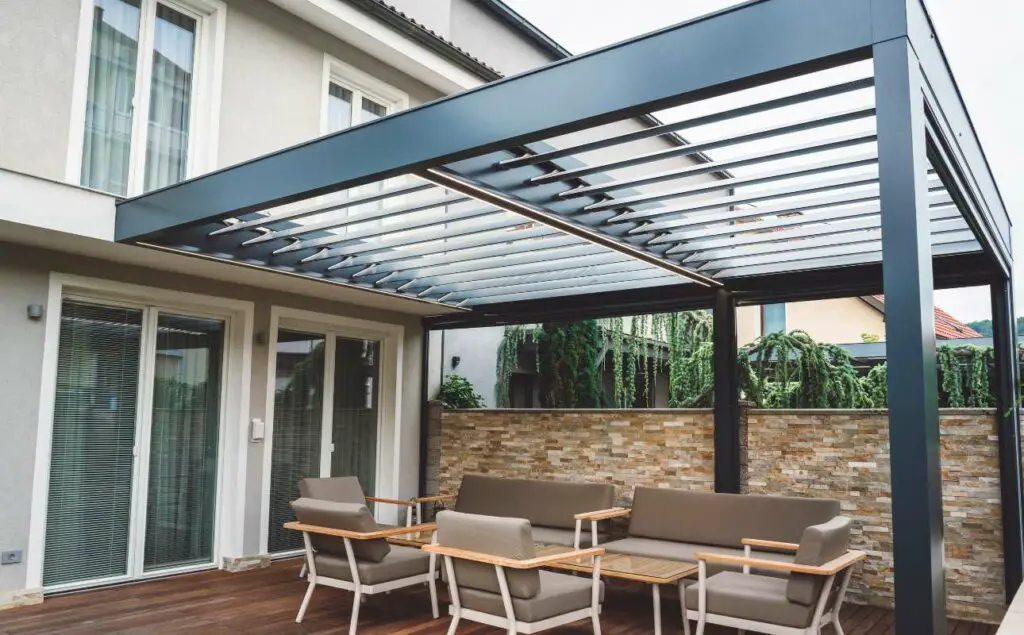
Definition Of A Structure According To Building Codes
The International Building Code (IBC) is a model code that sets minimum safety and design standards for buildings. The International Building Code says that a structure is “an assembly of materials and parts that are meant to support, shelter, or enclose.”
Buildings, bridges, towers, and other similar structures are included in this definition. The IBC also gives specific criteria for figuring out if a building needs a building permit, such as its size, number of people living there, and location.
When it comes to pergolas, it’s important to know how the structure’s features match up with the IBC’s definition of a structure. This will help you figure out if you need a building permit and if you have to follow building codes and rules.
Characteristics Of A Pergola
A pergola is an outdoor structure with four or more posts or columns that hold up a roof made of crossbeams or rafters. Pergolas are often used to provide shade or to give climbing plants a place to grow.
This makes them an attractive and useful addition to outdoor spaces. Here are a few of the most important things about a pergola:
- Open Roof
Pergolas have an open roof, which is different from other outdoor structures like gazebos and pavilions. The crossbeams or rafters are spaced far enough apart to let light and air pass through. This makes the space feel light and airy.
- Vertical Posts
The posts or columns that hold up a pergola are usually made of wood or metal. The posts hold up the crossbeams or rafters and are placed at regular intervals around the outside of the building.
- Design for Decoration
A pergola’s top or sides may have scalloped edges or an arched shape for decoration. These parts can add to the structure’s visual appeal and make it stand out in outdoor areas.
- Functional Features
In addition to providing shade and a place for plants to grow up, pergolas can also have useful features like lights, fans, or shades that can be pulled down. These features can make the building more comfortable and useful.
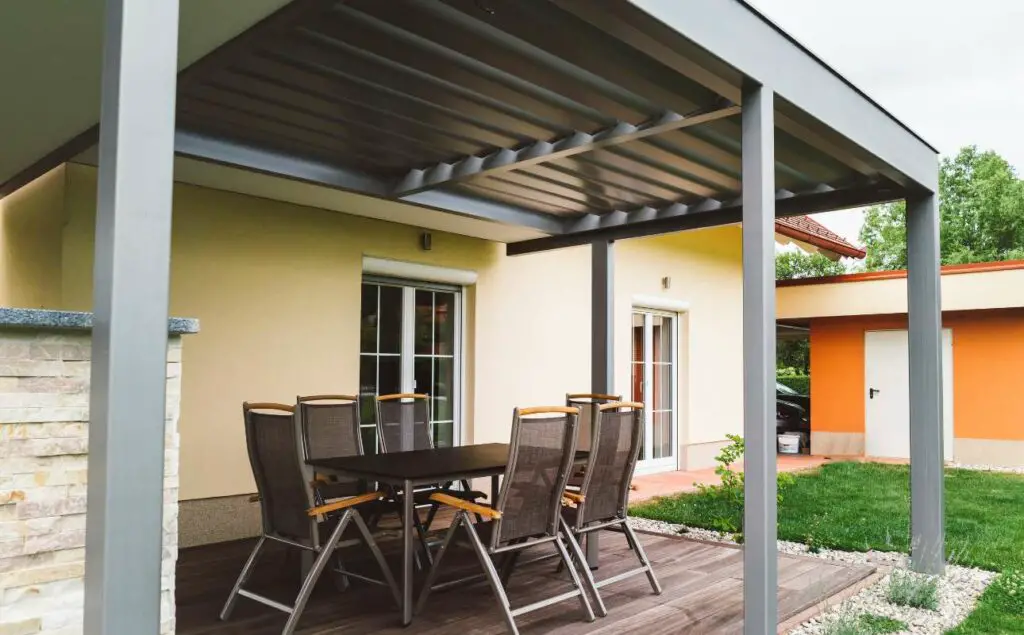
Determining whether a pergola is a structure according to building codes
The classification of a pergola as a structure can have important implications for building codes and regulations. While the International Building Code (IBC) provides a definition of a structure, determining whether a pergola falls under this definition can be challenging.
Here are some factors to consider when determining whether a pergola is a structure according to building codes:
1. Size and Weight
One of the primary factors that determine whether a pergola is considered a structure is its size and weight. If a pergola is small and lightweight, it may not meet the criteria for a structure according to building codes.
2. Building Permits
In many cases, building permits are required for structures that meet certain criteria, such as size, occupancy, and location. If a pergola falls under these criteria, it may require a building permit, which means it must meet certain building code requirements.
3. Functionality
Another factor to consider is the functionality of the pergola. While it may be primarily used for shade and aesthetics, if it is also used for support or shelter, it may be considered a structure according to building codes.
4. Other Outdoor Structures
When determining whether a pergola is a structure according to building codes, it’s also important to compare it to other outdoor structures such as gazebos and pavilions. If a pergola has similar characteristics and functionality to these structures, it may be considered a structure.
Building codes and regulations for pergolas
Building codes and rules for pergolas vary by location and are meant to make sure that outdoor structures are safe and stable. Here are some important things to keep in mind about building codes and rules for pergolas:
1. Requirements for a building permit
Different places have different rules about what you need to do to get a building permit for a pergola. These rules are often based on size, height, and location. In general, a building permit may be needed for a pergola that is bigger or taller than a certain size or height. It’s important to look at the local building codes and rules to find out if you need a permit.
2. Material Requirements
Building codes and laws often say what kind and quality of materials must be used for things like pergolas that are outside. This includes the need for lumber, hardware, and fasteners, among other things. To make sure that a pergola is stable and safe, the materials used to build it must meet the requirements of the building code.
3. Requirements for anchoring
Building codes and regulations also say what needs to be done to anchor pergolas. The size and location of the pergola, among other things, will affect the type and method of anchoring. Anchoring is usually done with brackets or bolts on the surface, concrete or gravel in the ground, or a combination of both.
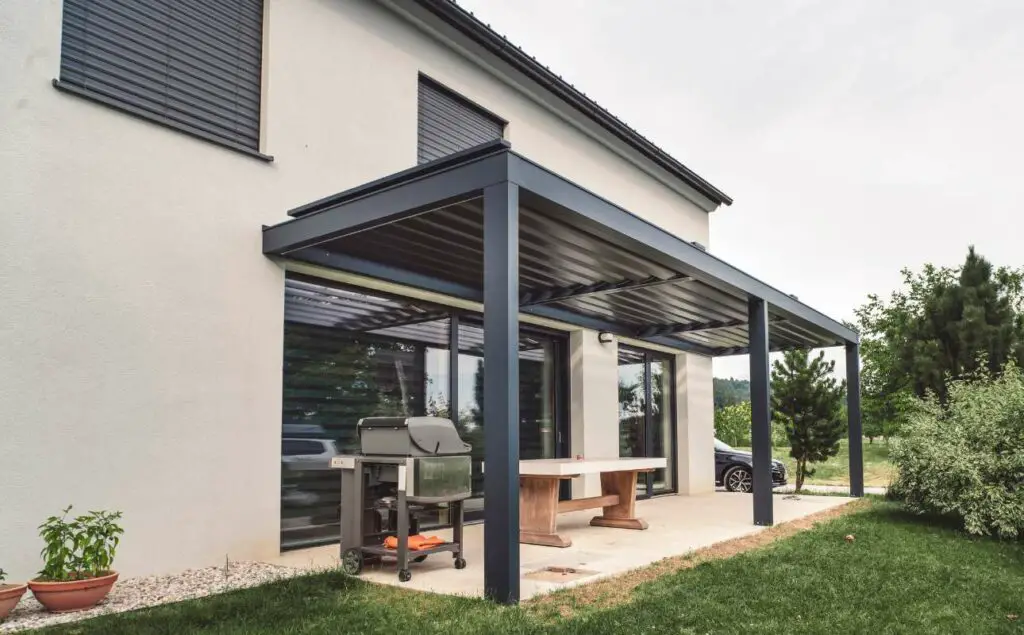
4. Rules for Height and Clearance
Pergolas usually have to meet height and clearance requirements set by building codes and laws. This includes the minimum distance from power lines, the minimum and maximum heights, and the maximum area that can be covered. With these rules, the pergola will be safe and won’t get in the way of other buildings or utilities.
Importance of knowing if a pergola is a structure
Understanding whether a pergola is considered a structure can have important implications for building codes, regulations, and requirements. Here are some reasons why it’s important to know if a pergola is a structure:
1. Building Code Compliance
If a pergola is considered a structure according to building codes, it must comply with various building code requirements such as permit requirements, material specifications, and anchoring requirements. Failing to comply with building codes can result in costly fines and penalties.
2. Safety and Stability
Knowing whether a pergola is a structure can also help ensure its safety and stability. If a pergola requires a building permit, it must meet certain safety and stability requirements to ensure it is safe for use. Knowing whether a pergola is a structure can help ensure it is installed properly and meets these safety requirements.
3. Property Value
A well-built and well-maintained pergola can add value to a property. However, if a pergola is not considered a structure and is not built or maintained to code, it can detract from the property value and potentially even be a liability.
4. Design Considerations
Understanding whether a pergola is a structure can also have design implications. If a pergola is considered a structure, it may need to meet certain aesthetic requirements or restrictions. This can impact the design and appearance of the pergola.
The Bottom Line
Finding out if a pergola is a structure according to building codes is important for following building codes and rules, making sure the structure is safe and stable, and thinking about how the design might change.
To figure out if a pergola needs a building permit and must meet certain building code requirements, it’s important to know how building codes define a structure and what makes a pergola unique.
Building codes and rules for pergolas often include requirements for building permits, materials, anchoring methods, and height and clearance limits. It’s important to check local building codes and rules and follow them to make sure the building is safe and stable and to avoid expensive fines and penalties.
